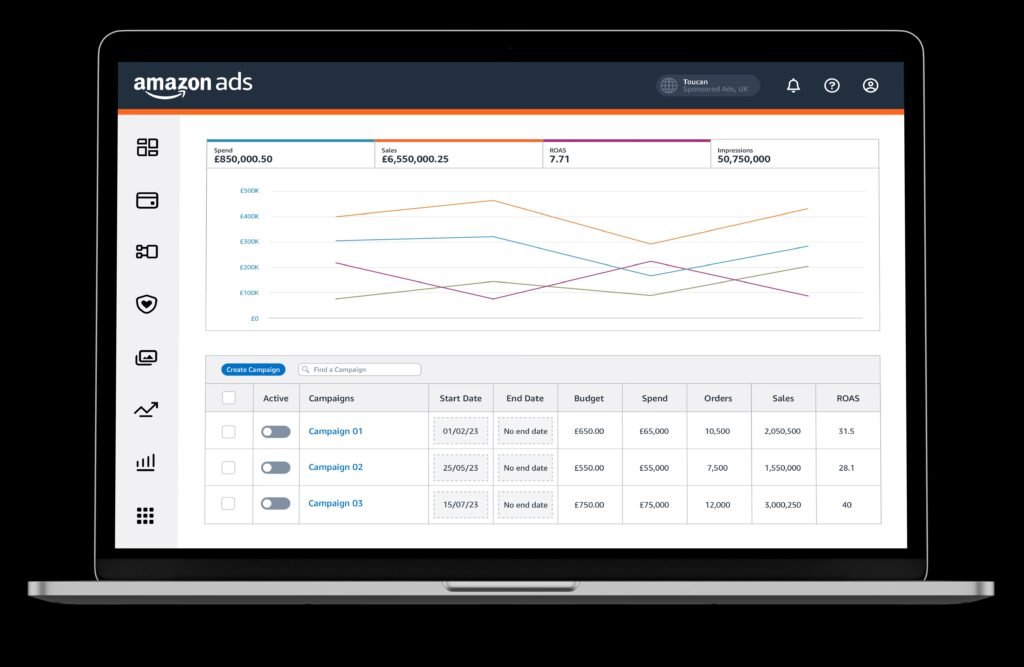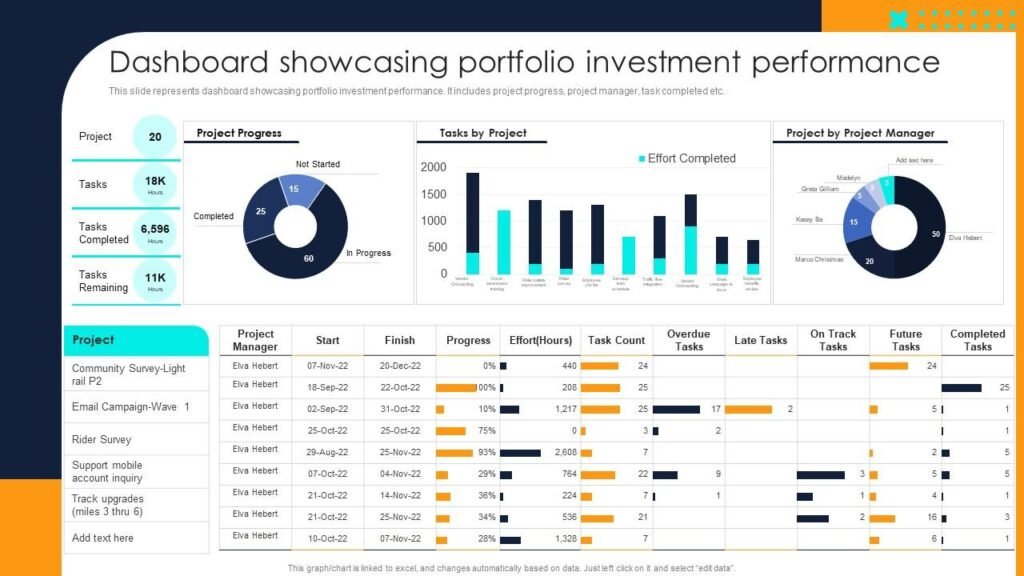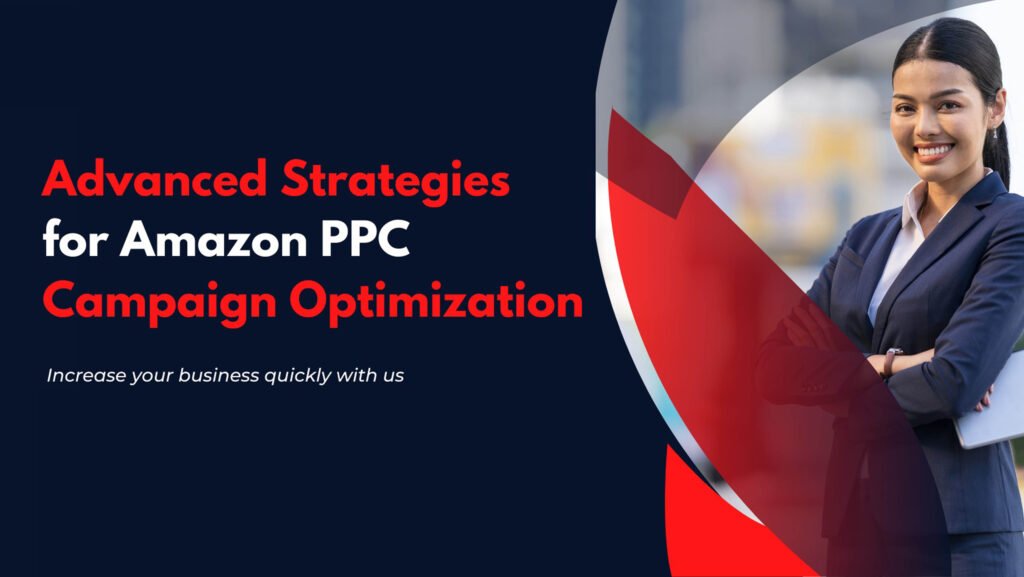Introduction
Amazon PPC (Pay-Per-Click) advertising is constantly evolving, and staying ahead of the curve is essential for sellers looking to maximize their profits. While foundational strategies lay the groundwork for success, advanced techniques can elevate your campaigns, enhance visibility, and boost ROI. In this guide, we explore the next level of Amazon PPC strategies, focusing on AI-powered tools, campaign scaling, and leveraging advanced analytics.

Step 1: Harness AI-Powered Amazon PPC Tools
Artificial intelligence (AI) is transforming how Amazon sellers approach PPC campaigns. From keyword discovery to bid management, AI tools offer unparalleled efficiency and precision.
AI-Driven Insights:
- Predictive Analytics: AI tools like Sellics or Perpetua analyze historical data to forecast trends, allowing sellers to predict seasonal demand, keyword performance, and bidding opportunities.
- Automated Keyword Optimization: AI algorithms continuously analyze search term reports to discover emerging keywords and exclude irrelevant ones. This real-time optimization ensures ad spend is focused on high-converting keywords.
- Ad Copy Personalization: AI can create dynamic ad copy variations tailored to different customer segments, improving engagement and click-through rates (CTR).

Pro Tip:
Integrate AI tools into your PPC strategy to save time and enhance decision-making. Use them not only for optimization but also for uncovering growth opportunities that manual methods might miss.
Step 2: Advanced Campaign Scaling Techniques
Scaling your campaigns involves expanding reach while maintaining profitability. Proper planning and execution are essential to avoid wasted ad spend.
Target New Market Segments:
- Product Variation Expansion: Test campaigns for new color options, sizes, or bundles of your existing products.
- Demographic Targeting: Use Sponsored Display Ads to target customers based on age, interests, or purchasing behavior.
- Geographic Expansion: Run campaigns in international marketplaces where demand is growing.
Use Portfolio Campaigns:
- Group similar products into portfolios to manage overall budgets and bidding strategies efficiently.
- Allocate higher budgets to high-margin or best-selling products within the portfolio.

Pro Tip:
Start small when testing new markets or segments. Gradually increase budgets as you gather performance data to ensure your campaigns remain cost-effective.
Step 3: Leveraging Amazon Attribution for Omnichannel Insights
Amazon Attribution allows sellers to track the impact of external traffic sources, providing valuable insights into how off-Amazon marketing efforts contribute to sales.
Benefits of Amazon Attribution:
- Comprehensive ROI Measurement: Evaluate the effectiveness of traffic from social media platforms, Google Ads, email campaigns, or influencers.
- Optimization Opportunities: Adjust ad spend on platforms driving the most valuable traffic.
How to Use Amazon Attribution:
- Set up attribution links for each external campaign.
- Track metrics such as click-through rates, sales, and conversion rates.
- Adjust your Amazon PPC bids based on the quality and volume of traffic from external sources.

Pro Tip:
Pair your Amazon Attribution data with Google Analytics to create a comprehensive view of customer behavior and enhance your omnichannel strategy.
Step 4: Dynamic Bid Management for Better ROI
Amazon’s Dynamic Bidding allows sellers to fine-tune bids based on real-time conversion probabilities, improving both visibility and profitability.
Bid Adjustment Strategies:
- Placement Adjustments:
- Increase bids for top-of-search placements to maximize visibility for high-converting products.
- Decrease bids for lower placements where conversion likelihood is lower.
- Dynamic Down-Only Bidding: Use this setting to reduce bids in scenarios with a lower likelihood of conversion, conserving budget.
- Dynamic Up and Down Bidding: Enable this for campaigns targeting competitive keywords with high sales potential.
Pro Tip:
Regularly analyze your placement performance reports. Identify which placements generate the highest ROI and adjust bids to optimize these opportunities.
Step 5: Retargeting and Cross-Selling
Retargeting and cross-selling are essential strategies for increasing customer lifetime value and boosting overall sales.
Effective Retargeting Strategies:
- Sponsored Display Ads:
- Target customers who viewed or added your products to their carts but didn’t complete a purchase.
- Use compelling ad copy and discounts to entice them to return and buy.
- Audience Segmentation:
- Segment audiences based on their engagement levels, such as product views, cart abandonment, or previous purchases.
- Tailor ads to each segment for higher relevance.

Cross-Selling Tactics:
- Complementary Product Ads:
- Pair related items in Sponsored Brand Ads, such as a camera with accessories.
- Highlight bundled offers to encourage customers to purchase multiple items.
- Upselling Campaigns:
- Promote premium or upgraded versions of your products.
- Use dynamic headlines to emphasize added value or benefits.
Pro Tip:
Focus retargeting campaigns on high-margin products or seasonal items to maximize profitability and capitalize on peak shopping periods.
Step 6: Advanced Analytics for Continuous Improvement
In-depth analytics is critical for identifying opportunities, diagnosing issues, and refining your campaigns.
Key Metrics to Track:
- Total Advertising Cost of Sales (TACoS):
- Monitor the ratio of ad spend to overall sales to understand the long-term impact of your campaigns on business growth.
- New-to-Brand Metrics:
- Track how many customers purchased from your brand for the first time.
- Use this data to assess the success of brand awareness efforts.
- Conversion Lag Reports:
- Analyze the time it takes for clicks to convert into sales to better understand customer behavior.

Using Visualization Tools:
- Leverage platforms like Tableau, Power BI, or Data Studio to create intuitive dashboards.
- Visualize trends and performance metrics to communicate insights to stakeholders effectively.
Pro Tip:
Regularly audit your campaigns to ensure alignment with your goals. Use insights from analytics to fine-tune strategies and stay competitive.
Conclusion
Mastering advanced Amazon PPC strategies is the key to outpacing competitors and achieving sustained growth. By integrating AI tools, scaling campaigns strategically, leveraging attribution insights, and using dynamic bidding and advanced analytics, sellers can unlock new levels of success. As the PPC landscape continues to evolve, staying proactive and adopting these advanced tactics will ensure your campaigns remain competitive.
Call to Action
Ready to elevate your Amazon PPC campaigns? Partner with Eforce Ventures for expert management and advanced strategies that maximize your ROI. Contact us today and let’s grow your Amazon business together!






